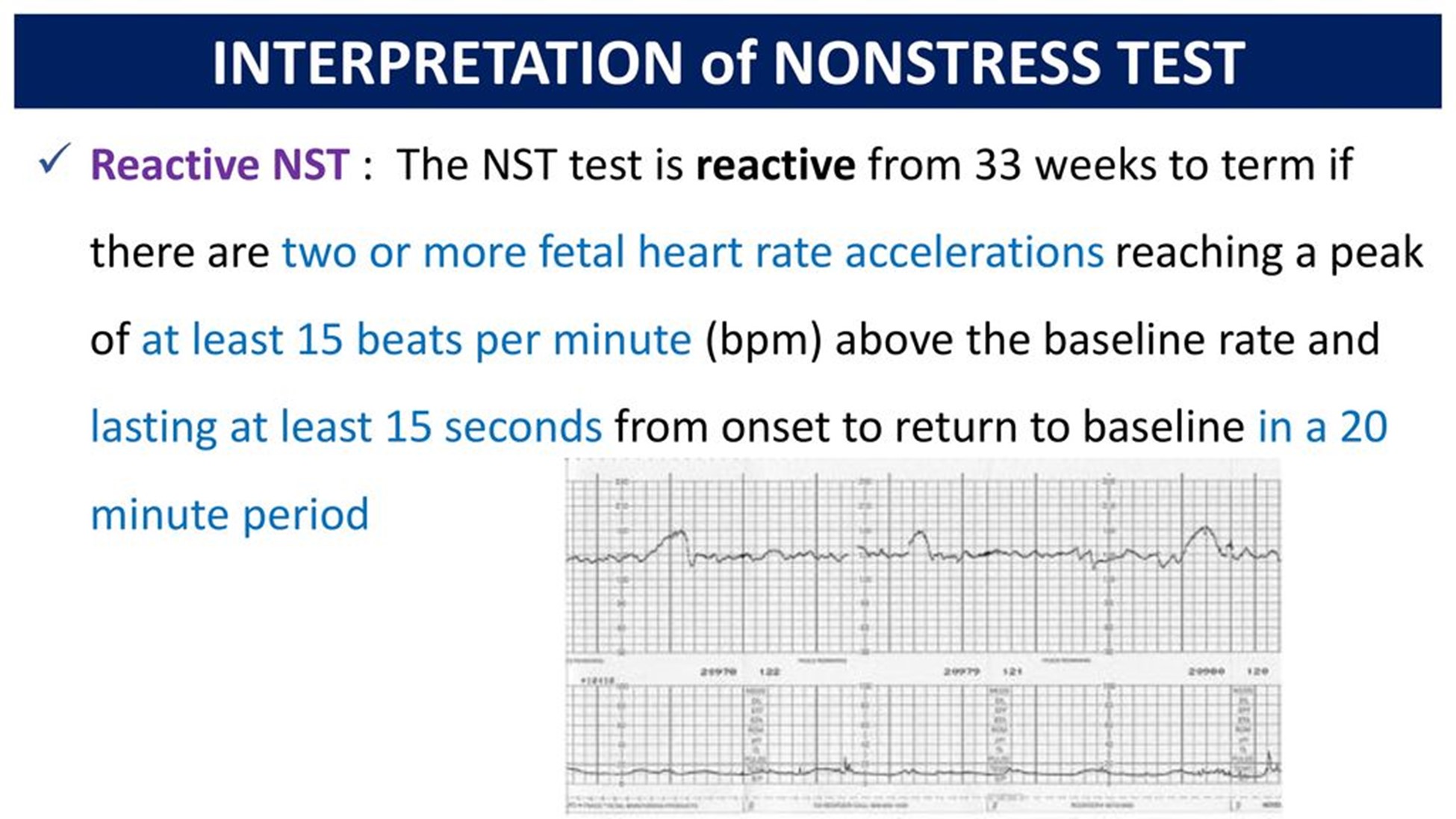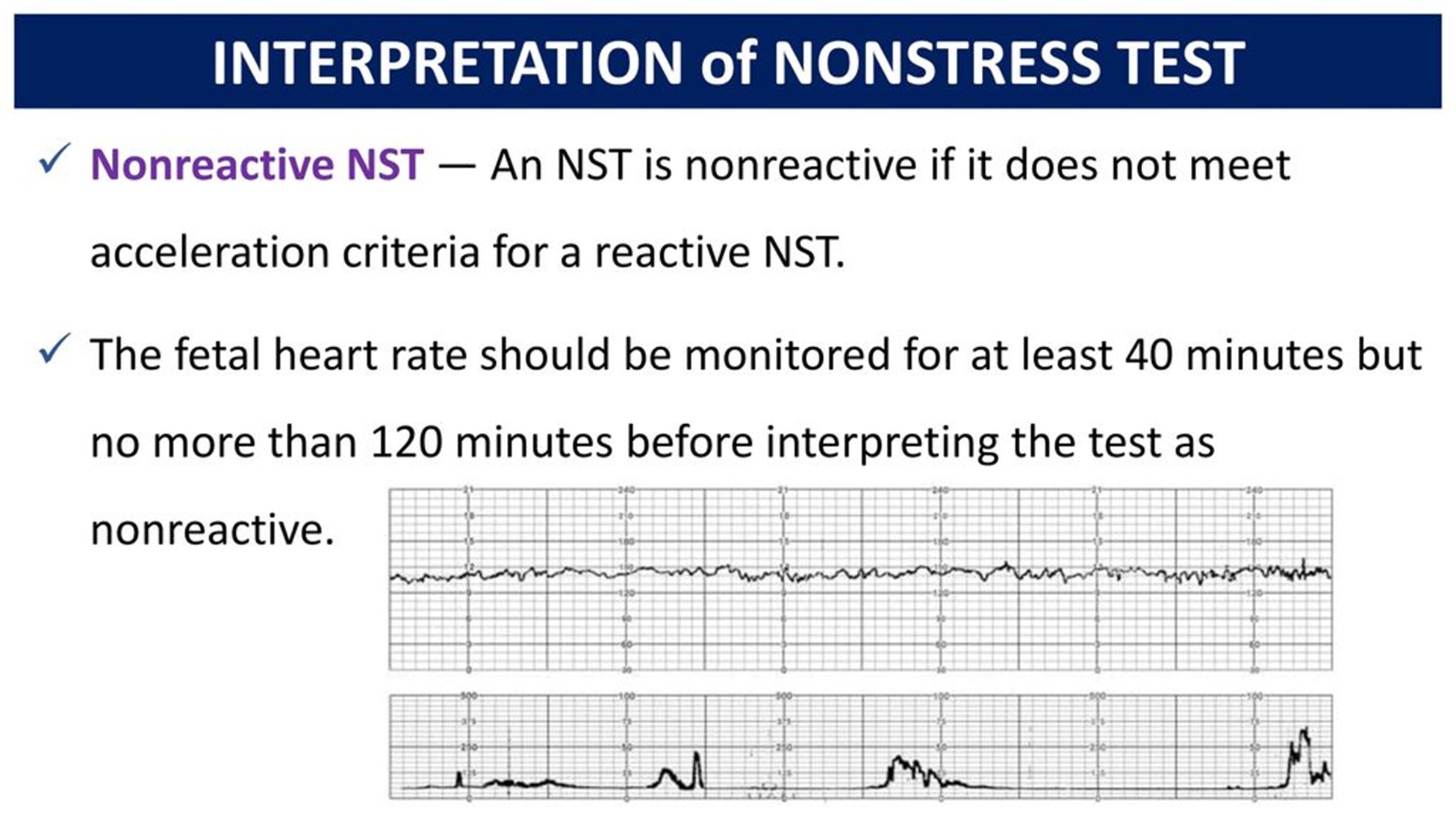A nurse is caring for a client with eclampsia who is receiving magnesium sulfate intravenously.
Which of the following findings indicates magnesium toxicity?
Hyperreflexia
Tachycardia
Oliguria
Hypertension
The Correct Answer is C
Fetal heart rate decelerations indicate a possible compromise of fetal oxygenation and should be reported to the provider immediately. Decelerations can be caused by various factors such as cord compression, uterine hyperstimulation, maternal hypotension, or placental abruption .
Choice A is wrong because a fetal heart rate of 140 beats per minute is within the normal range of 110 to 160 beats per minute .
Choice B is wrong because uterine contractions every 10 minutes are not abnormal in a client with severe pre-eclampsia who is receiving magnesium sulfate. Magnesium sulfate is used to prevent seizures and lower blood pressure in pre-eclampsia, but it does not stop labor .
Choice D is wrong because uterine contractions lasting 60 seconds are not a sign of …
Nursing Test Bank
Naxlex Comprehensive Predictor Exams
Related Questions
Correct Answer is A
Explanation
A. To prevent seizures.
Magnesium sulfate is a mineral that can reduce seizure risks in women with severe preeclampsia.It is often given intravenously and can also be used to prolong pregnancy for up to two days.Magnesium sulfate is also used to prevent and manage seizures in women with postpartum preeclampsia.
• Statement B is wrong because magnesium sulfate does not lower blood pressure.It may be given along with medications that help reduce blood pressure.
• Statement C is wrong because magnesium sulfate does not induce labor.It may be given to delay delivery for up to 48 hours to allow time for the administration of drugs that speed up the baby’s lung development.
• Statement D is wrong because magnesium sulfate does not reduce edema.Edema is a common symptom of preeclampsia, but it is not a direct cause of complications.
Correct Answer is A
Explanation
Two or more accelerations of at least 15 beats/min above baseline lasting for at least 15 seconds in a 20-minute period.This indicates a reactive test, which means that the fetus is well oxygenated and not in distress.

Choice B is wrong because no accelerations or decelerations in a 20-minute period indicate a non-reactive test, which may suggest fetal hypoxia or acidosis.
Choice C is wrong because one acceleration of at least 10 beats/min above baseline lasting for at least 10 seconds in a 20-minute period is the criterion for a reactive test for gestational age less than 32 weeks, not 34 weeks.
Choice D is wrong because variable decelerations with normal variability in a 20-minute period indicate cord compression or fetal head compression, not a reactive test.

Whether you are a student looking to ace your exams or a practicing nurse seeking to enhance your expertise , our nursing education contents will empower you with the confidence and competence to make a difference in the lives of patients and become a respected leader in the healthcare field.
Visit Naxlex, invest in your future and unlock endless possibilities with our unparalleled nursing education contents today
Report Wrong Answer on the Current Question
Do you disagree with the answer? If yes, what is your expected answer? Explain.
Kindly be descriptive with the issue you are facing.
